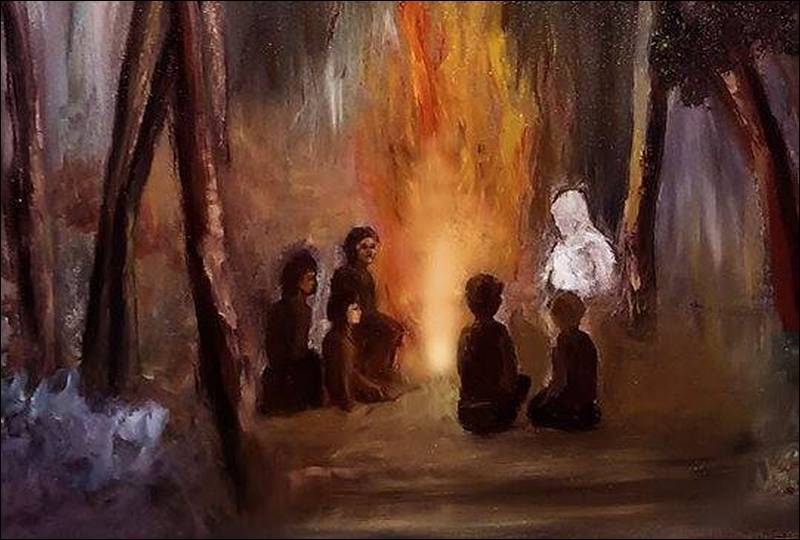Artificial Intelligence, which is developing day by day, can answer this question.
You had a strange dream. You woke up in a light sweat with dry eyes. While drinking a glass of water, you said, “What the hell was that dream? How was all that stuff in my brain?” you thought. If there’s one thing we’ve learned from artificial intelligence, it’s that there’s a good reason why our dreams are so vividly surreal.
Research assistant in the field of neuroscience at Turfs University, Assoc. Dr. Inspired by the way some artificial intelligence works, Erik Hoel came up with a new hypothesis about why we dream. According to the article published in the journal Patterns, surreal dreams provide us with unexpected and chaotic stimuli, helping to regulate our perception of reality that we experience on a daily basis. In fact, the brain helps us better understand “true” waking reality by showing us a strange version of reality. Hoel writes:
“The hallucinogenic, category-destructive, and lying qualities of dream mean that they are profoundly different from an animal’s daily experience (“training set”)
This idea is partially inspired by artificial intelligence and the working system of deep neural networks. Abundant data is presented to the neural network, such as a series of photographs, and this data passes through a number of different nodes (nodes, ports). During this process, the neural network begins to learn the patterns and relationships in the data set. For example, people, traffic beams, motorcycles, etc. An object recognition system fed a labeled image of objects will learn to recognize visual patterns in images that are consistently mapped to labels.
However, AI may become too familiar with the data it is trained on. This can result in overly narrow categorizations as AI will try to fit new data (even abnormal and misleading data) into the fixed order it has created. To overcome this, researchers often insert unexpected, “chaotic” data into the data to ensure that the AI can stand on its own and that there is no fixed pattern in understanding the data. Maybe this is what happens when we have strange dreams, Hoel thinks:
“If you look at the techniques that people use to orchestrate deep learning, these techniques often have some striking similarities to dreams. Life is boring sometimes. Dreams are there to keep you out of the mold of the world.”
Most people noted that in the early part of the COVID-19 pandemic, their dreams became more surreal. If we were to build on Hoel’s new hypothesis, it could be argued that this is because our everyday reality during quarantine is becoming increasingly less stimulating and more repetitive. Strange dreams can be seen as an attempt to counteract this mundaneness and provide some refreshing stimulation to the brain.
Of course, Hoel’s idea is just a hypothesis at the moment and hasn’t been seriously tested yet – well, it’s hard to even imagine how such an idea might be tested. Still, the study is an interesting indication that our growing understanding of AI is beginning to enrich and shape our perception of the world. Hoel concludes by saying:
“There are an incredible number of theories about why we dream. But I wanted to point out a theory that takes dreaming very seriously, saying that dreaming is caused by the dream experience itself.”
Views: 226





